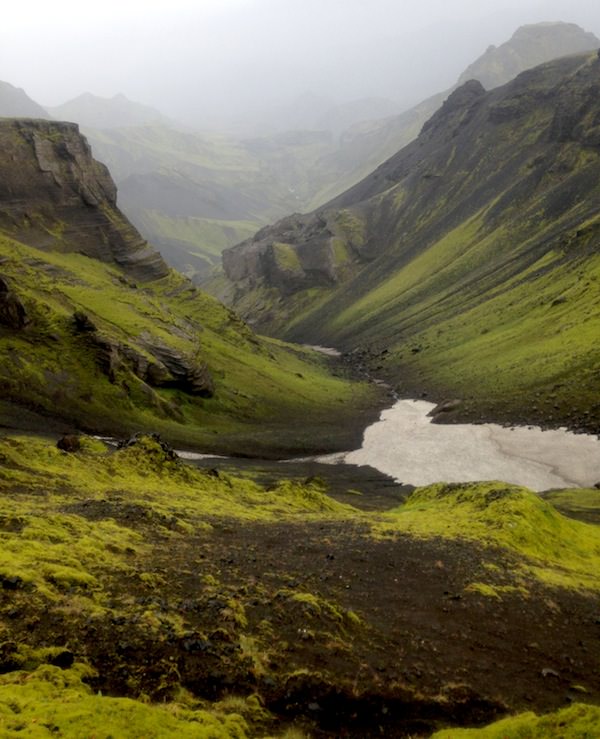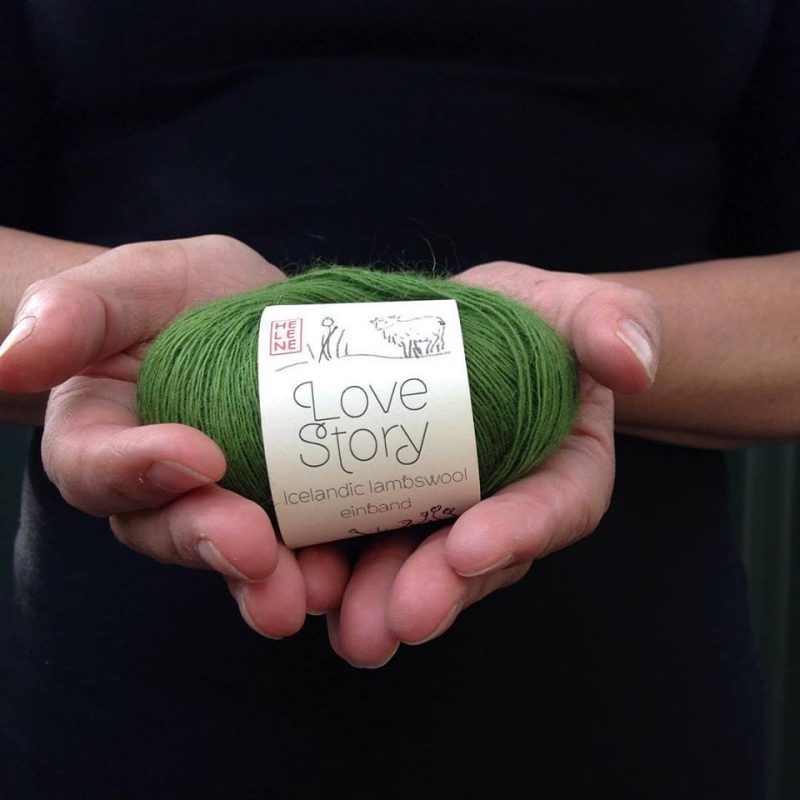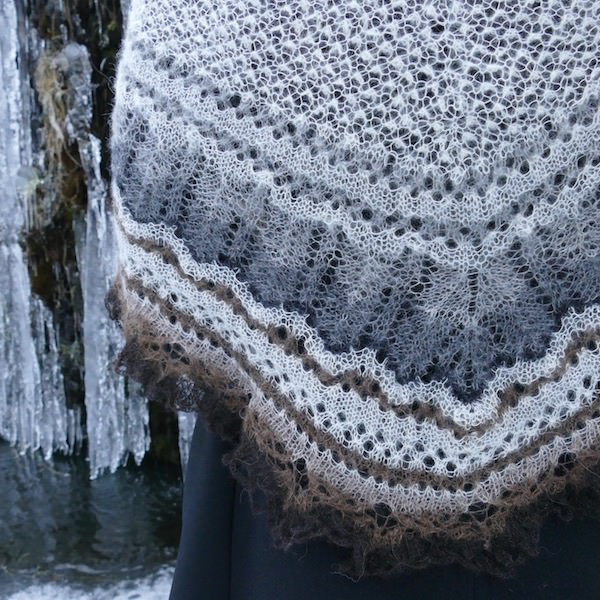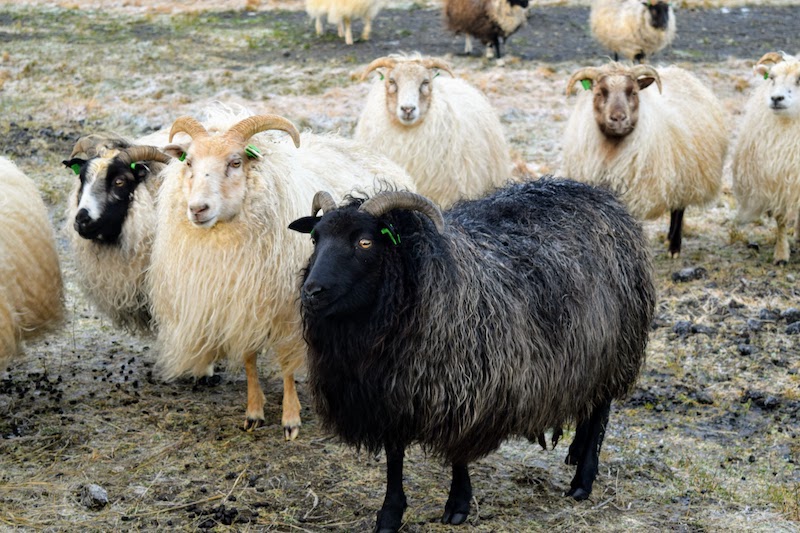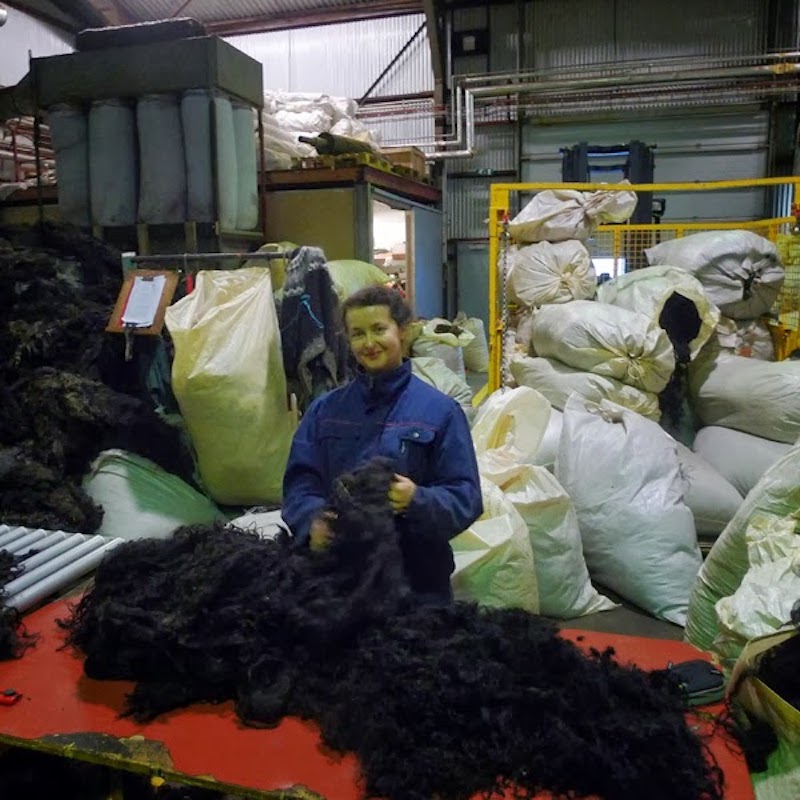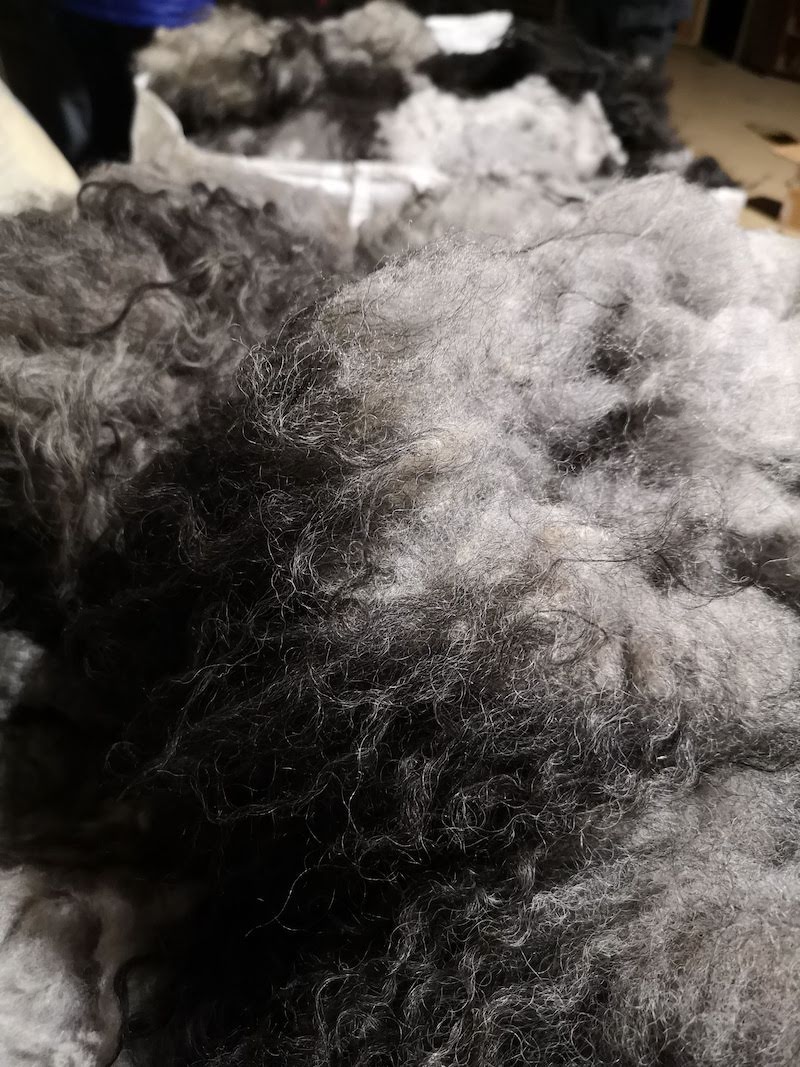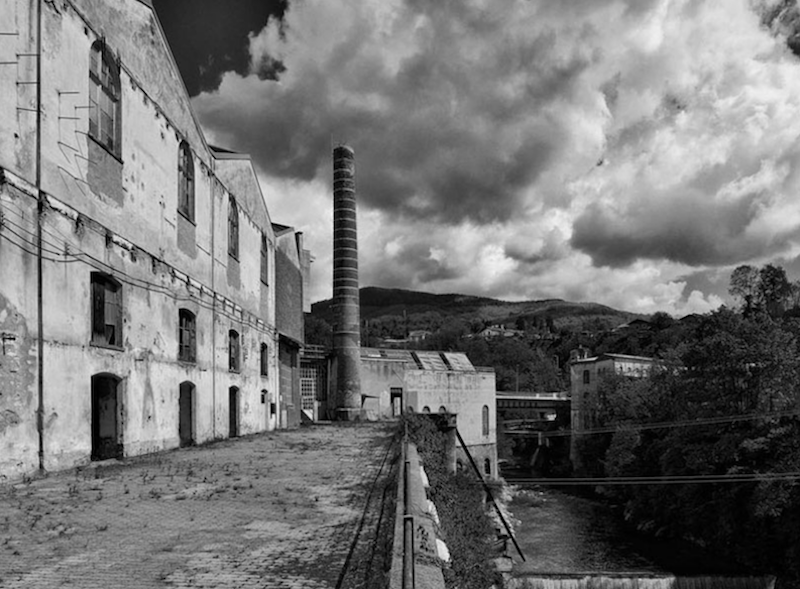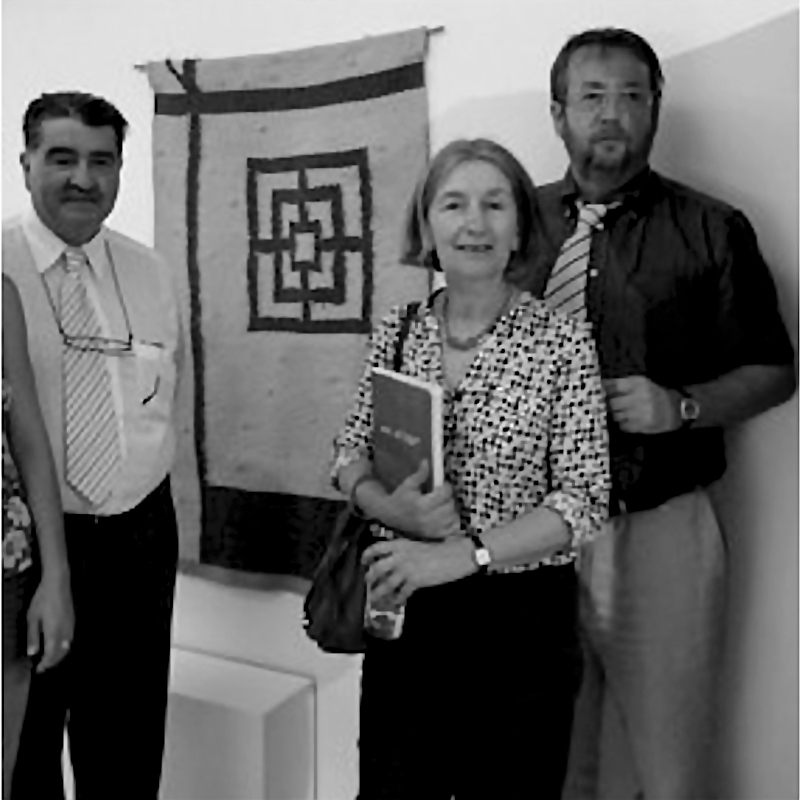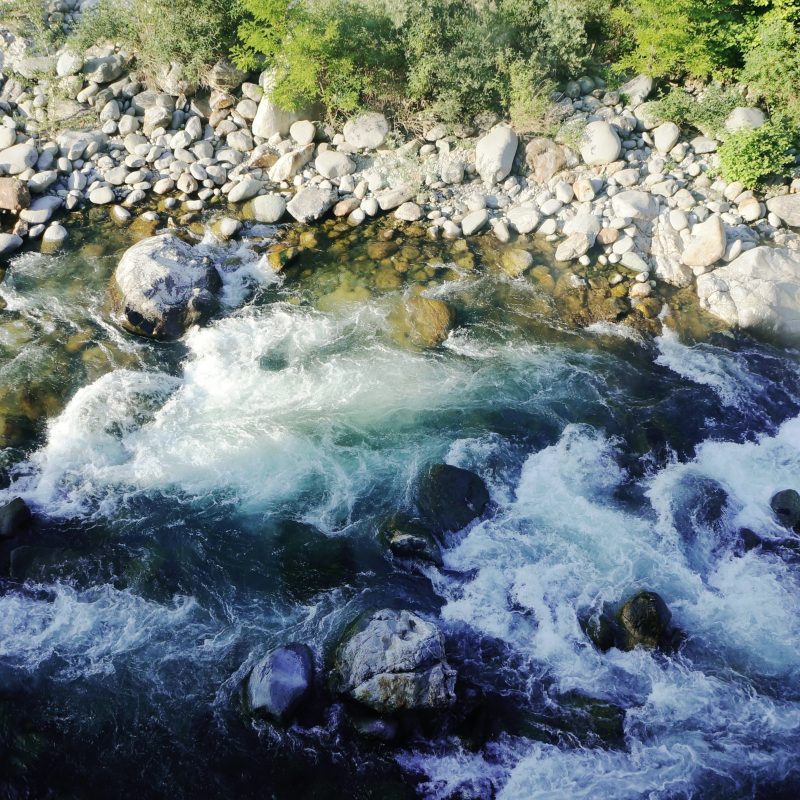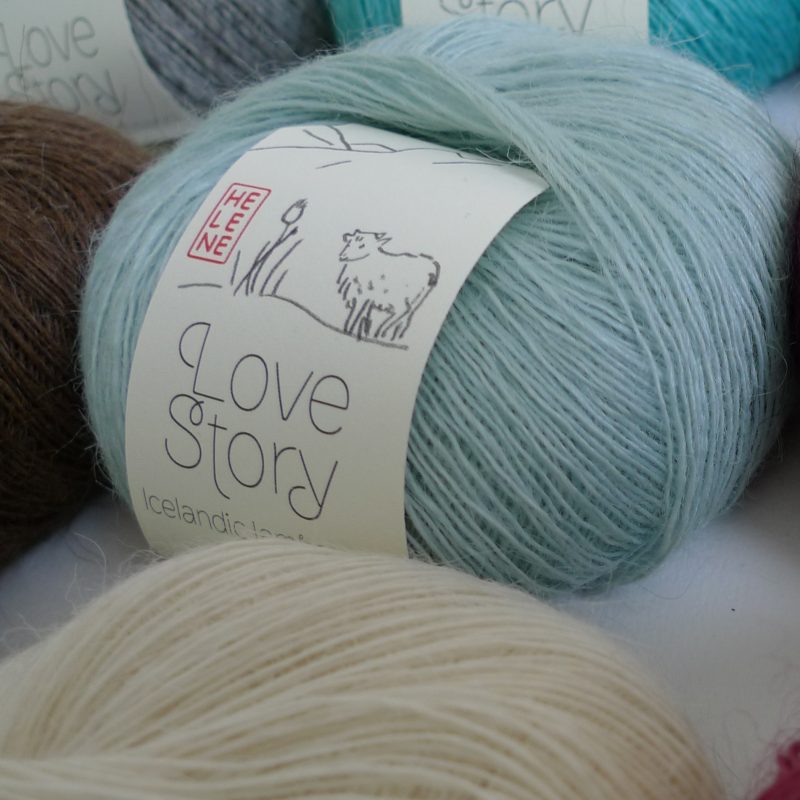Yarn
The making of my yarns: Love Story
I created Love Story in the hope that it will help revive the Icelandic lace knitting tradition and give it a new life. The yarn got an Award of Excellence from the Icelandic Lamb board in 2018. It is a true lace weight yarn and the finest Icelandic lace yarn on the market. Made of very soft selected Icelandic lambswool, Love Story is especially suited for delicate, ethereal lace shawls and is reminiscent of the old handspun yarns that define traditional Icelandic lace. Knitted together with other yarns, it also gives them strength, softness and a delicious halo.
I started developing the yarn in 2010 but it was not before 2015 that I got the final product and a couple more years before the production process stabilized but here they are: amazing soft little skeins of pure love in 20 Icelandic colors.
From sheep to yarn
All my yarns (Love Story, Gilitrutt and Katla) are spun from fleeces that are hand-selected and graded one by one after the first shearing of the lambs in Iceland. I choose only the softest and remove all the bad bits from each fleece. The lambs are usually born in May, spend all summer grazing free in the Icelandic mountains until they are rounded up in mid-September and shorn in October by the farmers themselves or local shearers.
Sourcing extra soft lambswool is very much time consuming
Because I need big quantities (well, big is relative!), I select most of the wool directly at the Ístex scouring station in the North of Iceland where the quasi totality of the wool in Iceland is sent, Ístex being the only big mill in the country and the principal market for wool (they probably buy 99% of the wool).
I do know however an increasing number of farmers who have amazing wool and who I trust. They mark the bags with selected wool for me before they are picked up to go to the scouring station. This saves me an enormous amount of time as I cannot imagine myself travelling the country during the sheering season to collect a few fleeces here and there (this is especially true for the natural colors – farmers usually have only a few colored lambs worth the wool).
The other reason for buying the wool from Ístex is because of the regulations: the wool in Iceland is subsidised but only if 70% of the wool is worked in Iceland. So if I was going to buy directly from the farmers, they would not get theses subsides.
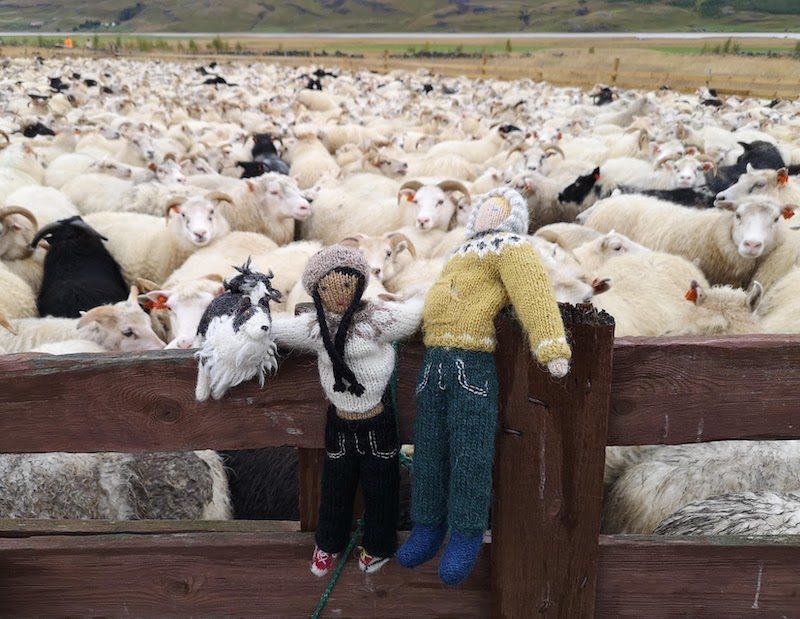
I select the fleeces just before they are washed: the process usually takes a few months depending on what kind of wool, what colors are scheduled by Ístex during those months.I open all the bags, look for the softest and cleanest lambswool then grade it, removing all the coarsest parts. Over the years I have gotten more help from Ístex employees who are helping sorting the wool so I don´t need to go each time (it can be on a first of January!).
In order to get high quality lambswool, you have to go through a enormous quantity of lambs wool.
The white wool is relatively easy to source, that is quite another story with the natural colors. Not only do the lambswool fleece and adult sheep fleece go into the same bags but they can be so scarce that it can take two shearing seasons (that is 2 years) to collect the minimum processing quantity of 250 kg.
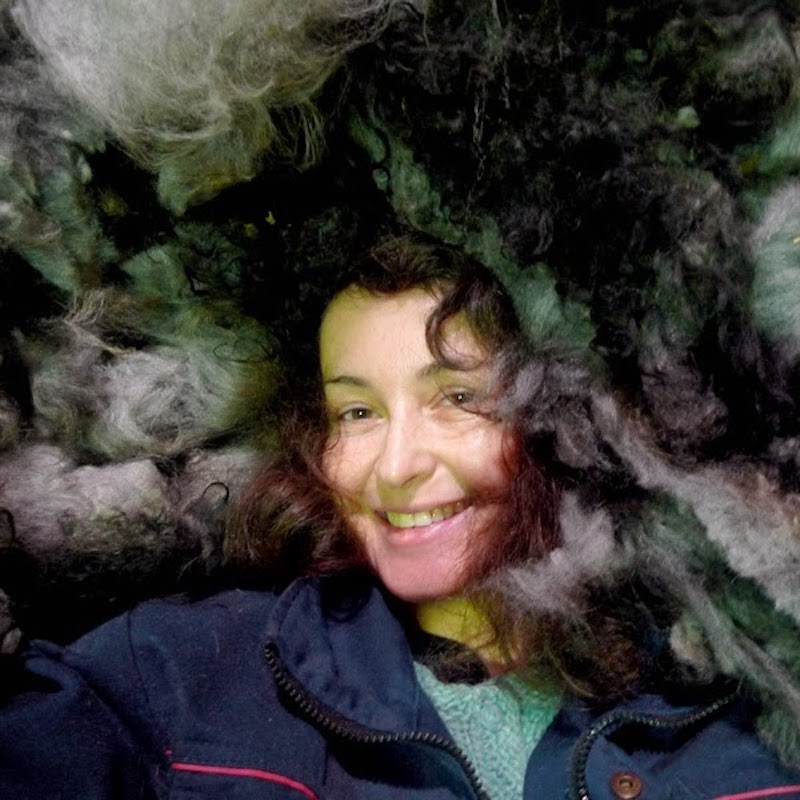
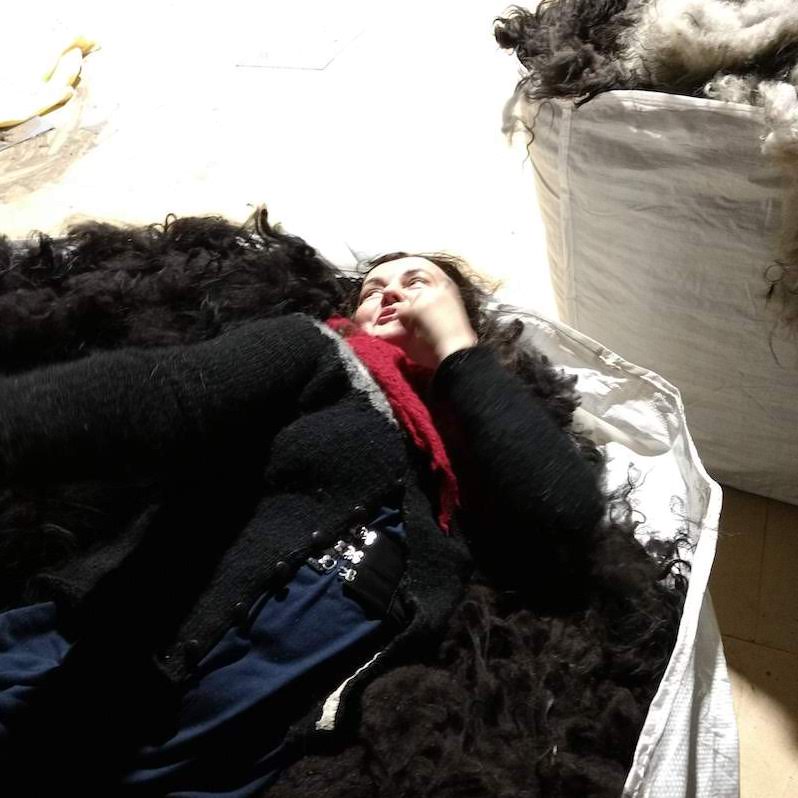
Once all the fleeces have been collected in suffisant quantities, they are sent unwashed to be dyed and spun in a mill in Italy, which can handle the unique challenges posed by Icelandic wool.
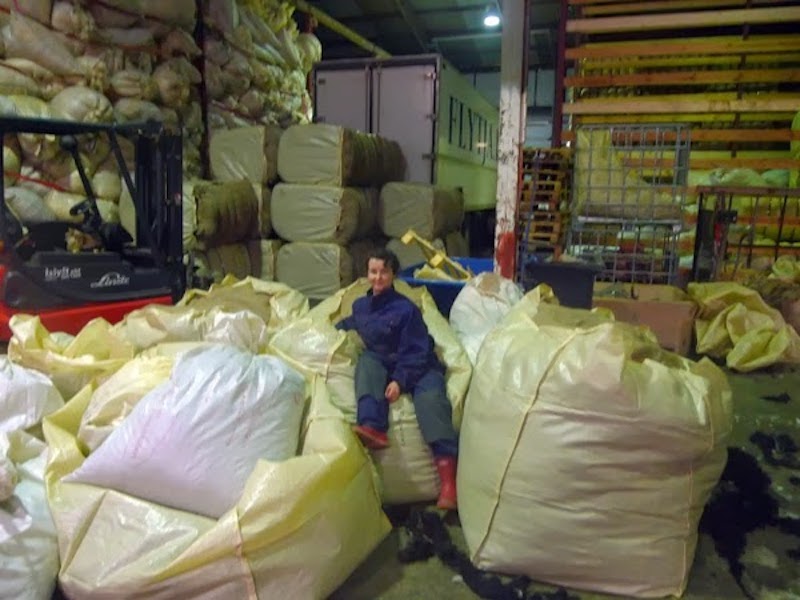
I will spare you the other challenge that is to send unwashed wool to Italy (or anywhere in the world): considered as an animal by-product, it goes by the same rules of hygiene than, let’s say, meat carcasses and involves a LOT of paperwork and authorisations. The first time I sent wool to Italy, it took 9 months for them to get their hands on it!
But why spun in Italy?
The Icelandic wool is composed of two very different types or hair, the long and coarse “tog” and the fine and short “þel”, which makes it extremely difficult to spin into a very fine yarn. As a matter of fact, it took me many years and trials.
My very first trials were born in a minimill in Belgium (there was at the time no minimill in Iceland): this very first Artisanal Love Story was not as fine and a bit irregular. Only a little could be made, I had very few colors, and was always out of stock… When a mini-mill opened in Iceland 2 years ago, I let Hulda try as well of course but she couldn´t either achieve the regularity and finesse I seek for.
The people at Ístex (our unique big mill) were categoric: “It is not possible” said to me late Guðjón, the manager of Ístex company (he sadly passed away).
But after meany years of what can only be called stubbornness, sending wool and yarn samples all over the world to all sorts of mills, I finally found a mil that would not only accept the challenge but also succeed in making this thread of a yarn I wanted to achieve!
Spun with love…
So, in Italy is it spun!
The mill I found is actually not a mill but a consortium situated in the North of Italy. Created in 2008 by a group of experts in the textile sector, it has for aim to enhance and promote native European wools.
I first met Nigel and Carmine when I contributed a sweater for the Wools of Europe exhibition.
I remember what a good laugh we had when Carmine turned to Nigel and joked: “Hélène just placed an order for processing one ton of Icelandic wool.”
Little did I know that a few years later, I would indeed send them one ton of Icelandic lambswool to process into yarns…

Their expertise is extraordinary and my wool go through highly specialized machines. Of course it took some trials and fails to begin with, but I honestly don´t know how they do it exactly and their savoir-faire is quite magical!
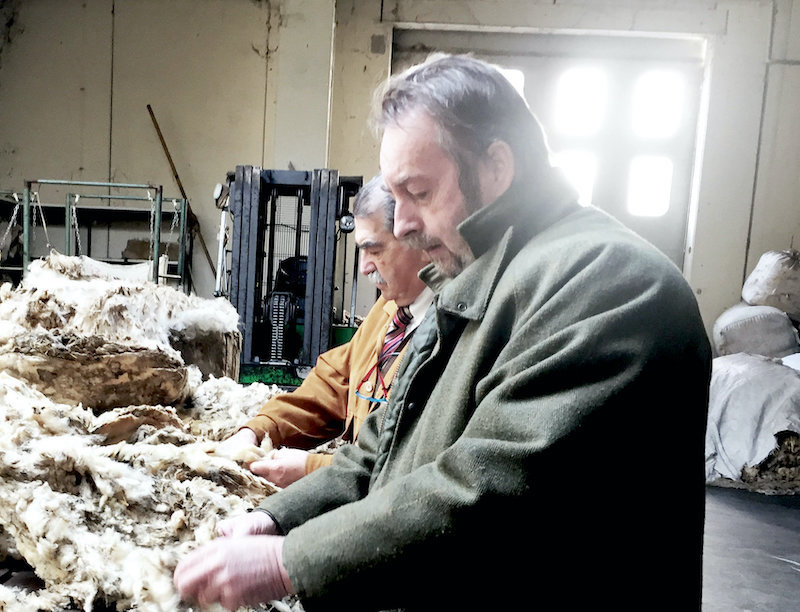
The wool is washed with the water of the near-by alpine mountains which has a perfect hardness for this, using biological and biodegradable soap sourced sustainably. It is then dried very gently so that it stays soft.
The colors are both the natural undyed colors of the Icelandic sheep and acid-dyed colors. The white is not bleached and serves as the base for the other colors which are dyed with full regard to the environment by applying the EEC law in full force. The products used are those with the least environmental impact. Furthermore, the water used for the washing and dyeing process is treated with internal and external plants, built specially for that purpose, so that no harmful material is released into the open water.
Once spun, dyed and skeined, the wool is then sent back to me in Iceland, from where I dispatched it to you here and there in the world!
Questions on sustainability
That is a lot of back and forth… Which is why I try to ship (always by sea) at least one ton of wool at the time. Is it my annual production? Of course not! I don´t send one ton every year but when I do, I send enough to fill a container, which is both less expensive and more sustainable.
Would it be possible to move the production to Iceland? That is, buy the machines and more inportant the expertise? The answer is also no, it would simply not be viable. Just the costs of the machines would be so high that it would be necessary to produce a huge quantity to amortise them, and increase in quantity would necessarily mean decrease in quality. There´s nothing sustainable about that.
I hope you enjoyed reading about my Love Story yarn. It is the base for my other yarns, Gilitrutt Tvíband and Katla Sokkaband. I also hope this insight will make you appreciate them even more!
Useful info:
- my Love Story yarn
- If you need idea about what to knit with Love Story, see all my patterns using Love Story, alone or with other yarns.
- Know also that, if like me you are allergic to mohair – it is all the fuzz at the moment to knit mohair with other yarns -, Love Story is an excellent replacement!

